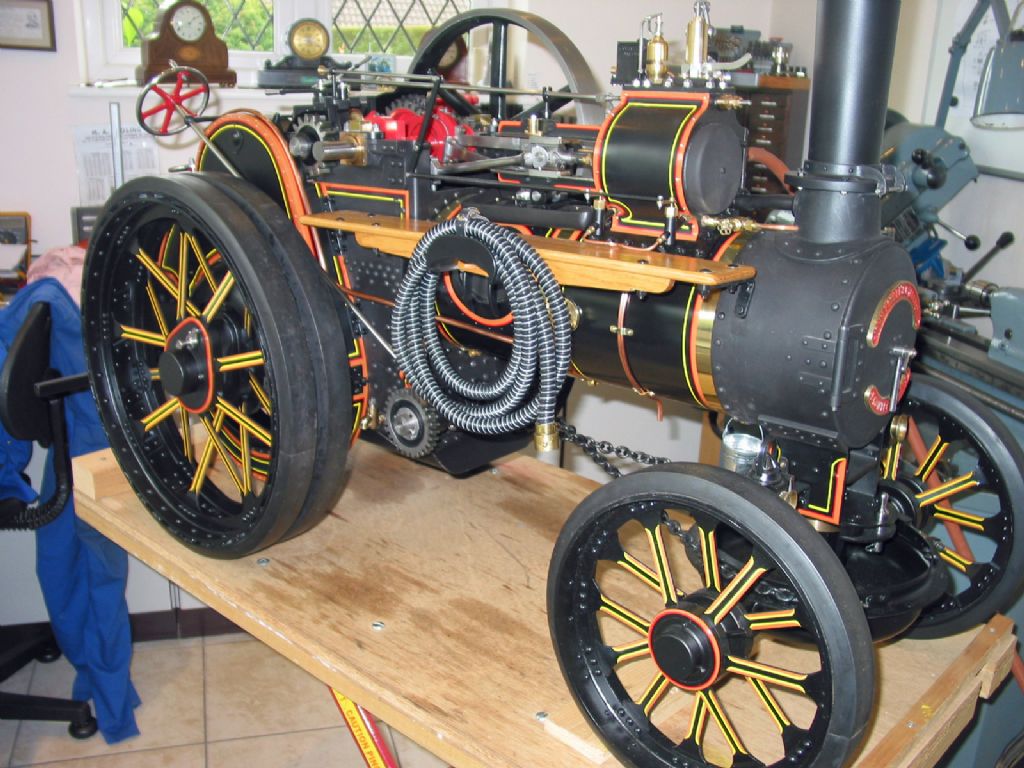Continued from previous post
I used that cheat sheet to write a basic program and rewrote it using the works computer to do what I wanted for several years.
I got a job again as a turret miller and they got a large CNC mill in. It was a large Hurco and they employed a CNC programmer for it. He was very nervous and kept making programming mistakes so he was let go.
I was asked to try and program this machine which was very large and had an automatic tool changer. I tried it out even though it was much larger than I was used to. I started by programming it in the X Y axis. I could not do much damage other than hit the bed trips a bit hard.
No problem there. I started on the Z axis slowly but quickly got up and running with no problems, again self taught.
Almost everything I have ever ‘done in engineering has been self taught, Silver soldering, 100 sticks of silver solder a week soon taught me how to do it. Power presses, up to 150 ton, I had to climb up on top about 10 feet in the air to change the stroke, self taught. I have mainly worked as a miller but I did get a job as a turner when I had only worked a capstan lathe but I coped thanks to Model Engineer,
I have a lot to thank Model Engineer for. I started in a factory at £7 a week. I have earned up to £998 a week after tax ibecause of Model Engineer and being self taught.
I offered to edit 16mm Today, the house magazine of the16mm Narrow Gauge Society. After a trial I got the job. This was an unpaid position but was about something I was interested in. Never done editing before, so self taught.
I had already applied to be editor of Model Engineers’ Workshop about 10 years previously but after speaking to Geoff Shepherd, I think, the editor at the time, I did not find follow through because they wanted someone who lived near Hemel Hempstead who could visit the office regularly. Also it was only a part time job.
After editing 16 MM Today for about 18 months Dave Fenner announced he was leaving Model Engineers’ Workshop. I applied and got the job. I could work from home but they wanted someone full time. I took the job despite the pay cut of about £350 a week because I wanted to do it.
I had to edit 10 magazines a year. I edited the first 2 magazines in a fortnight and had nothing to do for the next month
Everything I have ever done has been self taught. I have earned a lot of money and machined a lot of interesting items over the years
One thing stands out in my mind. I saw a lovely photo of a Darjeeling Himalayan tank locomotive on the front cover of Model Engineer. I wondered why it had not been written up and drawings published?
Little did I know that about 40 years later I would be publishing a series about building that engine in Model Engineer.
Thank you Ray McMahon for a dream come true.
Notable moment in Model Engineers’ Workshop, yhe CBC Tool and Cuter Grinder, I think a world first.
So, self taught is good.
Regarding part finished models for sale from dealers. A large locomotive, traction engine or other project will take a very long time and it will cost a lot of money. I have the skills to build a locomotive but would not have the patience to spend several years on a project I would never use. I find the pleasure would be in building the project, not running it when it is finished so I would lose interest once completed.
I will be making some of the smaller Stuart engines, a 10V and a 10H and might have a go at a 16mm locomotive, I quite like the little Pecket or Hundlet saddle tanks but first I want to build “Chuck’s” little gas engine from Model Engineer back in the late 60s early 70s.
So, each to his own but don’t let a lack of formal training put you off, the more you learn, the more you will be capable of. If you don’t have the patience to teach yourself, don’t start a big expensive model. Start small and complete something before moving on.
David-Clark 1.





